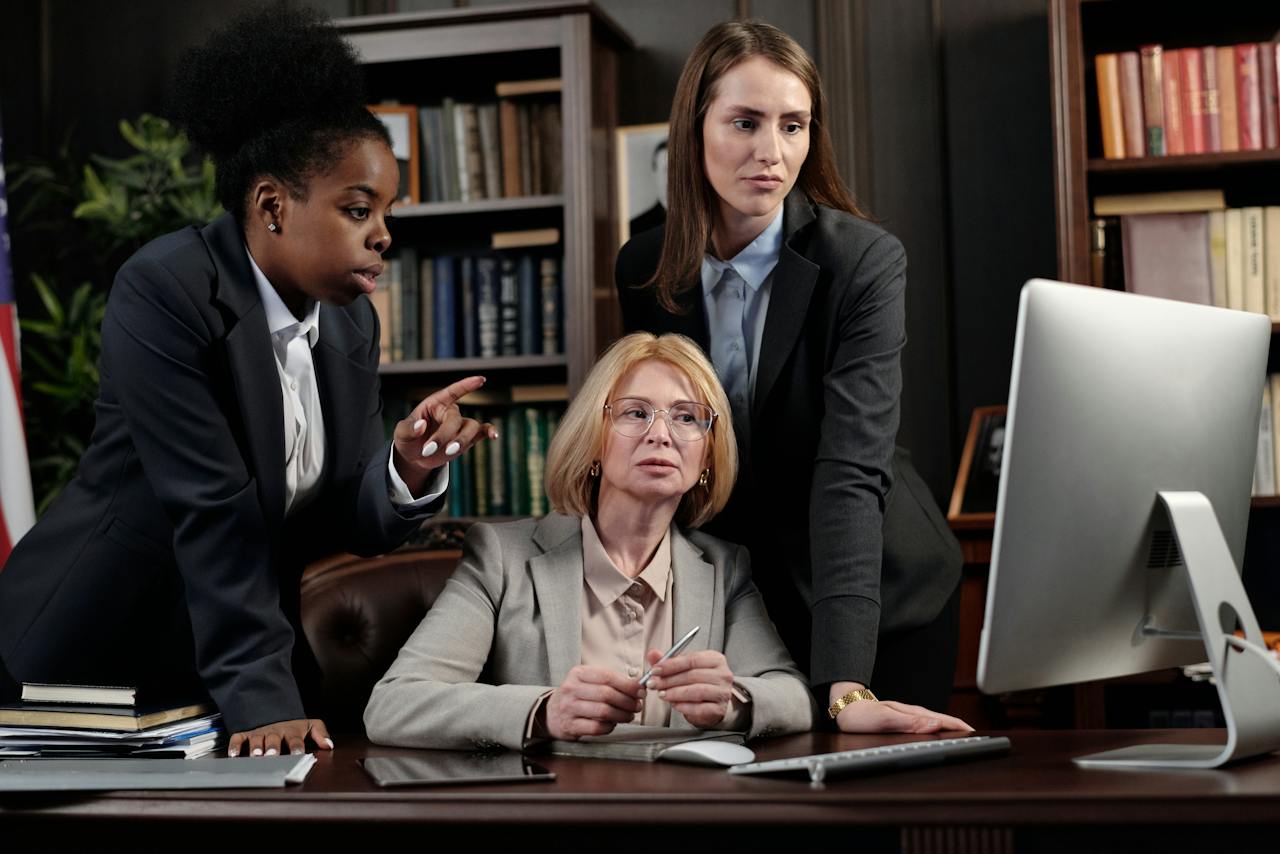In bustling urban landscapes, intersections are often hotspots for pedestrian accidents.
Despite advancements in traffic management and pedestrian safety measures, the incidence of these accidents remains a concern. A deeper examination of crosswalk safety and the legal rights of pedestrians is crucial in understanding and mitigating these risks.
Navigating the Legal Landscape after an Accident
If a pedestrian is involved in an accident at an intersection, understanding their legal rights is paramount. This is where the expertise of a personal injury lawyer becomes invaluable. For personalized legal guidance, Contact a Personal Injury Lawyer at Christensen Law Firm. They can provide insights into the complexities of personal injury law and help in securing rightful compensation.
Understanding the Risks at Intersections
Intersections, by their nature, are complex environments where the paths of vehicles and pedestrians converge. Factors such as traffic flow, signal timings, and visibility play a significant role in pedestrian safety. Research has shown that certain types of intersections, particularly unmarked ones or those with complex traffic patterns, can significantly increase the risk of accidents involving pedestrians.
The Role of Crosswalk Design and Safety Measures
Crosswalk design is a critical aspect of pedestrian safety at intersections. Well-designed crosswalks, coupled with adequate signage and road markings, can greatly reduce the likelihood of accidents. The implementation of advanced safety measures, such as pedestrian-activated signals and improved lighting, further enhances the safety of these crossings.
Pedestrian Rights and Responsibilities
Pedestrian rights and responsibilities form a fundamental aspect of road safety. While pedestrians have the right to use the road, they also bear certain responsibilities to ensure their safety and that of others. This includes adhering to traffic signals, which is crucial in preventing accidents. Pedestrians must use designated crossing points like crosswalks and overpasses, as these are specifically designed for their safety. Vigilance is key while crossing roads; this means avoiding distractions such as mobile devices and being aware of the traffic flow.
In the unfortunate event of an accident, pedestrians possess legal rights that are crucial to recognize and protect. These rights are not just about seeking compensation but also about ensuring that the pedestrian's medical needs and rehabilitation are adequately addressed. Pedestrians have the right to fair legal representation to navigate these complexities, which includes understanding the nuances of liability and negligence as they pertain to pedestrian accidents. Pedestrians must be aware of these rights and the legal recourses available to them, as this knowledge can significantly impact the outcome of any claims or legal proceedings following an accident.
The Impact of Technological Advancements on Intersection Safety
Technological advancements are playing a crucial role in enhancing pedestrian safety at intersections. Innovations, such as smart traffic signals that adapt to real-time traffic conditions and pedestrian detection systems in vehicles, are making intersections safer. These technologies help reduce the likelihood of accidents by alerting drivers to the presence of pedestrians, especially in low-visibility conditions or busy urban areas.
Educational Campaigns and Public Awareness
Increasing public awareness through educational campaigns is another vital component in reducing pedestrian accidents. Campaigns that focus on the dangers of distracted walking, the importance of using crosswalks, and understanding traffic signals can significantly improve pedestrian safety. Such initiatives, coupled with driver education programs that emphasize vigilance for pedestrians at intersections, can create a safer environment for all road users.
Collaboration Between City Planners and Safety Advocates
Lastly, collaboration between city planners, safety advocates, and the community is essential in designing safer intersections. This collaboration can lead to the implementation of more pedestrian-friendly designs, such as curb extensions, raised crosswalks, and pedestrian islands. These design elements not only improve the visibility of pedestrians but also naturally slow down vehicular traffic, making intersections less daunting for those on foot.
Enhancing Safety and Awareness
To improve pedestrian safety at intersections, a multi-faceted approach is needed. This includes better urban planning, enhanced safety measures at intersections, and increased public awareness about pedestrian rights and safety practices. Both pedestrians and drivers must be educated about the importance of vigilance and adherence to traffic laws to ensure safety for all.
Conclusion
Pedestrian safety at intersections is a multifaceted issue that requires ongoing attention and improvement. By understanding the risks, advocating for better safety measures, and being aware of legal rights, pedestrians can significantly reduce their chances of being involved in accidents. As urban areas continue to grow and evolve, the commitment to pedestrian safety must remain a priority for city planners, legal professionals, and the public alike. Understanding and respecting these rights and responsibilities is essential for the safety and harmony of shared road spaces. Both pedestrians and drivers must be cognizant of these aspects to foster a safer environment for all.













